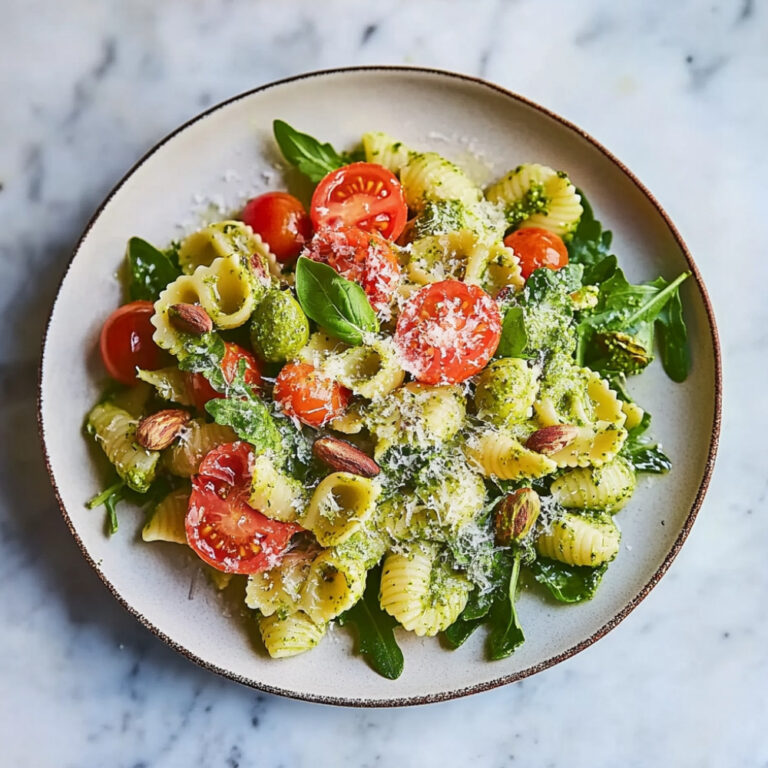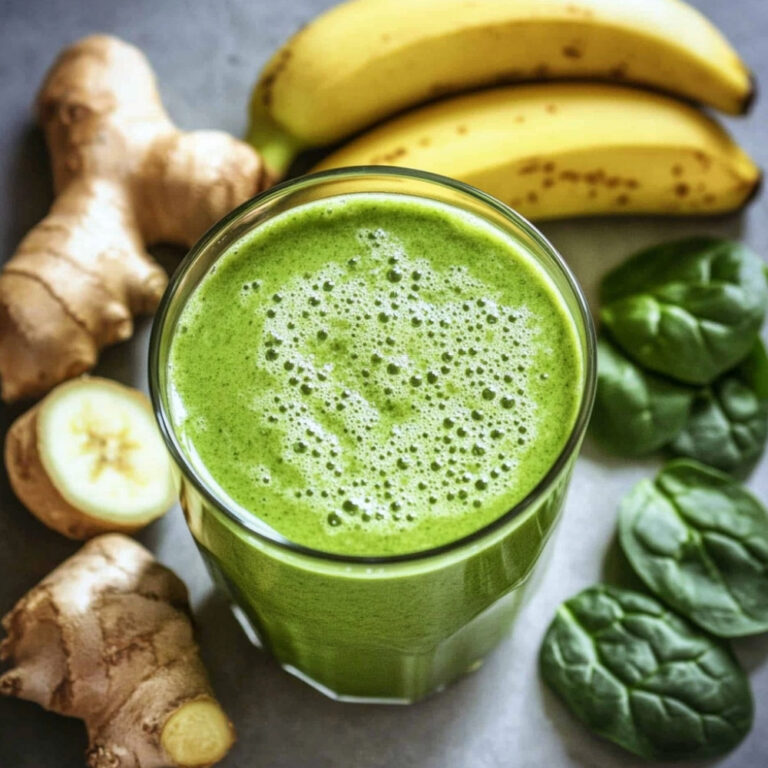Coconut Macarons
The first time I made coconut macarons, I remember how quiet the kitchen was… soft whisk against the bowl, clinks from folding spoons, that hush that usually means something delicate is about to happen. They smelled like summer – warm and vanilla-sweet, with that toasty coconut note that floats in gently, not with a bang. The shells weren’t perfect, not smooth like bakery ones, a little cracked actually – but they had feet, and they tasted like something comforting and special at once. I couldn’t stop tasting the batter. That was a mistake (a delicious one).
Why You’ll Crave It
- Just five ingredients, but somehow it makes a dessert that looks like you spent hours on it
- The texture – crisp outer shell with that soft chew in the center… it gets you every time
- That warm, roasty coconut blends so beautifully with the almond – almost creamy together
- It’s a “small moment” dessert, something pretty enough to share but easy enough for a Tuesday evening
- Customizable! Fill them however you like – lemon curd, dark chocolate, or even plain works fine
The first time I made these, I sat on the floor in front of the oven the whole time, watching them bake, just hoping the little feet would show up.
What You’ll Need
- Powdered sugar: 200 g – snowy-soft, almost weightless, this gives the shells that classic smooth top
- Almond flour: 100 g – fine, pale, and slightly sweet… the kind you can rub between your fingers like sand
- Egg whites: 2 large – at room temp if possible, so they whip up better
- Granulated sugar: 50 g – for sweetening and stabilizing the meringue
- Shredded coconut: 50 g – unsweetened preferred, finely shredded so it blends in gently
Easy How-To
Preheat and prep
Set your oven to 160°C (320°F). Line two baking sheets with parchment – if you want extra precision, draw little circles as a guide, then flip the paper over so the ink doesn’t touch the batter.
Whip the eggs
In a very clean bowl (grease is the enemy here), whip the egg whites until soft peaks appear. Then, go slow as you sprinkle in the granulated sugar. Keep beating until you get shiny, firm peaks – like a snowy mountain that just barely droops when you lift the whisk.
Mix the dry stuff
Whisk together the almond flour, powdered sugar, and coconut. Make sure the coconut’s finely shredded – if it’s too coarse, it messes with the texture.
Fold gently
Toss the dry mix over your beautiful meringue and start folding – slow, circular scoops around the bowl, letting the batter gradually come together. It takes some confidence not to overwork it. You’re looking for flow – when you lift the spatula, the batter should ribbon off in a thick wave, then melt back into the bowl within about 10 seconds.
Pipe and rest
Scoop the batter into a piping bag (just a zip-top bag with the corner cut works, honestly). Pipe small rounds onto your parchment, then tap the tray firmly against the counter a couple times – that releases the air bubbles and helps flatten peaks. Let them sit out for 15-30 minutes until they feel dry to the touch. This step matters a lot. It’s how you get that delicate crust and foot while baking.
Bake and check (but don’t panic)
Slide them into the oven and bake for about 15 minutes. If the tops are rising evenly and little frilly “feet” start forming around the bottoms, you’ve done well. Open the oven once or twice near the end to let some steam out – sometimes it helps avoid soft centers.
Cool patiently
Leave them on the baking sheets until they cool fully. They’re fragile straight from the oven. Once cool, they should peel off neatly (if not… they might need a couple more minutes of bake time next go-round).
Fill or don’t – they’re lovely plain too
You can sandwich them with ganache, lemon cream, raspberry jam – whatever feels right. I often just eat them as-is… the coconut almond flavor doesn’t need much fuss.
Good to Know
- If your meringue is weeping or your shells crack in baking, don’t stress. They still taste amazing – flaws just make them honest
- Humidity is the enemy of the macaron shell crust. If it’s a muggy day, try running a dehumidifier or wait for a drier morning
- Let the filled macarons mature overnight in the fridge. It softens the shell just enough and the flavors meld so nicely
Serving Ideas
- Lovely beside chamomile tea or tucked on a platter for brunch – especially good with tropical fruit like mango or passionfruit nearby
Top Tricks
- Sifting the almond flour and powdered sugar helps avoid grainy spots – don’t skip it if you want smooth tops
Frequently Asked Questions
What’s the difference between coconut macarons and coconut macaroons?
Ah, great question. Coconut macarons are the delicate, almond-based sandwich cookies like these. Coconut macaroons (with two o’s) are denser, chewy mounds made mostly of shredded coconut and often dipped in chocolate.
Why did my macarons crack in the oven?
Cracked shells usually mean two things: either the batter was undermixed so air bubbles remained trapped, or the shells didn’t rest long enough to develop that protective skin. It happens – try again and rest them a little longer next time.
Can I use sweetened coconut?
I wouldn’t recommend it, mostly because sweetened coconut changes the moisture and sugar levels in the batter – it can throw things off. But if it’s all you have, just reduce the powdered sugar a touch and pulse the coconut in a food processor first.
Do I need a macaron mat?
Nope! Parchment paper and a steady hand is plenty. You can draw circles underneath the parchment as a guide if uniformity helps you. Honestly, a little variation is part of the charm.
Can I freeze them?
Yes, absolutely. Just store them in an airtight container layered with parchment between rows. Thaw them in the fridge overnight before eating, and they’re nearly as good as fresh.







